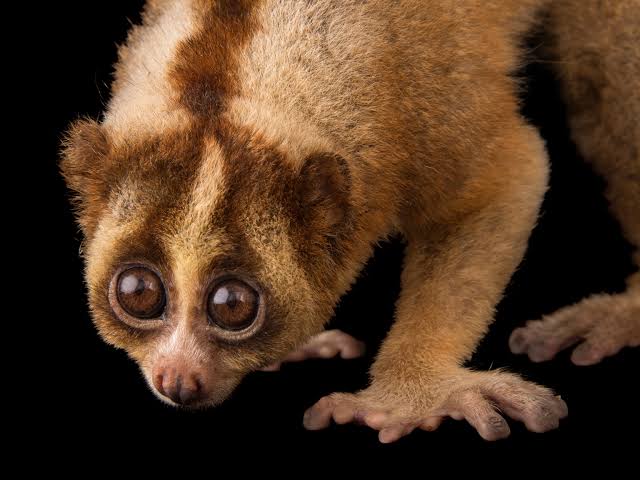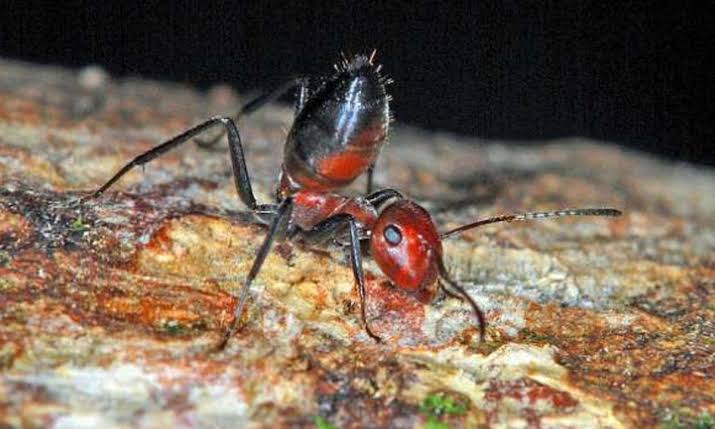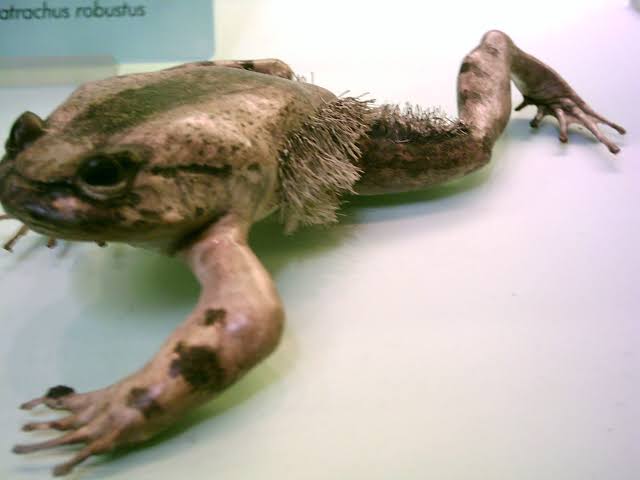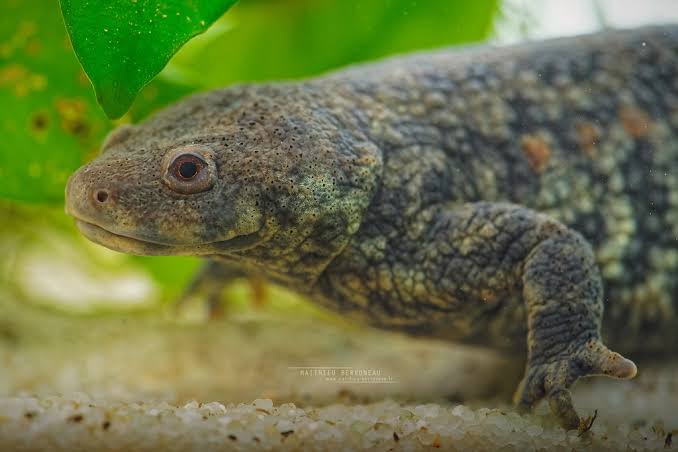
From projectile-vomiting fulmars to gut-spilling sea cucumbers and insect larvae with poo shields, last week’s piece on weird defence mechanisms had its share of gross, bizarre and straight up horrifying cases (read more here). This week’s piece is just as weird in these respects. From exploding ants to butt squirters and self-mutilators, take a look at another set of animals with some of the most unusual, albeit effective weird defence mechanisms known to man.
- Malaysian Ants and French Guiana Ants.

There are undoubtedly many dramatic ways animals defend against threats, but these guys are on a level of their own. They literally explode.
Malaysian ants house posion glands in their bodies, handy against threats. When under distress, they contract their abdomen and rupture these glands, causing them to explode in the process. The poison inside them then jet out forcefully all over the predator/imminent threat, stunning them. The ant also dies in the process – obviously.
From an individualistic point of view, it’s quite ironic if you think about it. I mean, what is a dramatic defence mechanism if you die in the process of using it? However, like many other ants, these critters aren’t the littlest bit individualistic. They are all about protecting the colony. The whole thing makes sense that way.
Moreover, the other ant specie with a similar defence mechanism is N. taracua. These ants are from French Guiana. Theirs is a bit different, and perhaps even more interesting, if not more. They secrete crystals into external pouches that explode upon contact with predator saliva. The result is usually injury, paralysis or death of the predator. What makes theirs even more interesting is that older ants who have outlived their usefulness are solely dispatched for the purpose of “suicide bombing” against threats.
- Hairy Frogs and Spanish Ribbed Newts

Hairy Frogs, Trichobatrachus robustus and Iberian Ribbed Newts have one other thing in common apart from their amphibian heritage. They self-mutilate in the name of defence.
Thought I was done with self-mutilating animals? Lol.
When confronted by an imminent threat, the hairy frog reacts by breaking its bones and sticking them out its body as weapons. More specifically, they break the bones of their distal limbs and stick them out as “claws”. When the tension dissipates, the “claws” slide right back under the skin as if nothing happened.
The Amphibian Wolverine.

On the other hand, the Spanish Ribbed Newt’s has a flashier technique – and a deadlier one too. It pushes out the pointy edges of its ribs, laced with poison, poking out through its body. Unsuspecting predators that pry too close get a taste of this, and are undoubtedly taken aback. The blows from these might even be fatal for them. Since amphibians can heal easily and without much stress, the Iberian Newt recovers quite quickly and moves on.
- Pgymy Sperm Whale

Third on this list of animals with weird defence mechanisms is the pgymy sperm whale. This elusive specie of toothed whales is on this list because they squirt thick, feacal syrups from their butts into the water against threats. What is more? They swirl their tails and fins around to scatter these secretions wide enough to create an obscure cloud. In the frenzy and confusion that ensues, particularly for the threat, the pgymy sperm whale make a run for it. Apparently, even “poo” can save lives.
Pygymy sperm whales usually have a pinkish underside and their body is a bluish-grey color. Their heads are shark-like, and large, giving them (their heads) a swollen appearance of sorts. They hunt by echolocation, feeding on squids and octopuses. Some of their predators are great whites and killer whales (orcas).
- Slow Loris.

Behind that benign cute face lurks a bizarre and deadly defence mechanism.
Slow lorises are strepsirrhine primates characterized by round heads, narrow snouts and large eyes. Slow lorises are notably the only venomous primates in the world. It is around this fact that their weird defence mechanism is centered. It is why they make this list.
Slow loris produce this “venom” from a gland in the region of their armpits – or inner arm. If distressed, it will fold its head and hiss like a snake. However, if the threat doesn’t back off, the real problem comes. The loris sucks on the poison and lunges at the threat to register a terrible, toxic bite. These notes have been recorded as fatal to humans, on occasion.
Enjoyed this piece? Check out more wildlife-themed pieces here. Kindly drop your thoughts and comments in the box below, if you have any.



This is interesting and definitely funny, this is why I’ll never get tired of watching Nat Geo Wild anytime boredom wan kill me.